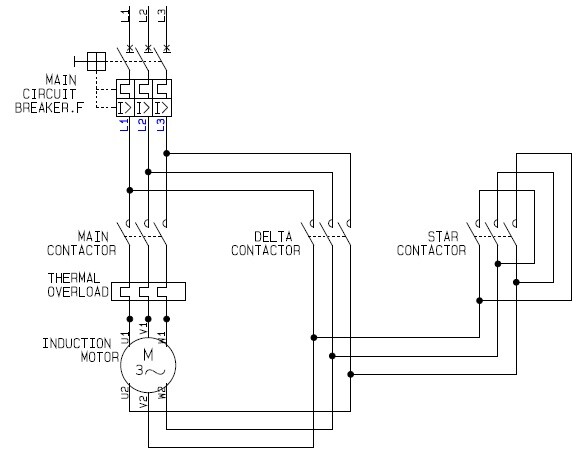Variable Speed Drives and Motor Insulation
As many of you realize, modern pulse-width modulated (PWM) variable frequency drives (VFD’s) can place added stresses on motor insulation systems, particularly in older motors in drive retrofit applications. Let’s examine this type of application in greater detail to understand causes and discuss preventive and corrective measures.
VFD’s output synthesized AC waveforms, consisting of rapid rise-time pulses of varying width (hence the term “pulse-width modulated”). These pulses are generated by the switching “on” and “off” states of the drive output electronics, typically insulated gate bipolar transistors (IBGTs). Each time one of the IGBTs switches on, the output voltage from that device rises rapidly, over-shoots the nominal voltage value, and then settles back down to nominal, which is the rectified DC voltage produced in the drive’s converter stage. This switching on and overshoot happens very rapidly; the “rise time”, defined in NEMA MG-1 as the time required for the voltage to rise from 10% to 90% of DC link voltage, is in the neighborhood of 0.1 microseconds. Rise time is referred to as “dV/dt”, short-hand for the instantaneous rate of change of voltage with respect to time, and the formula is:


